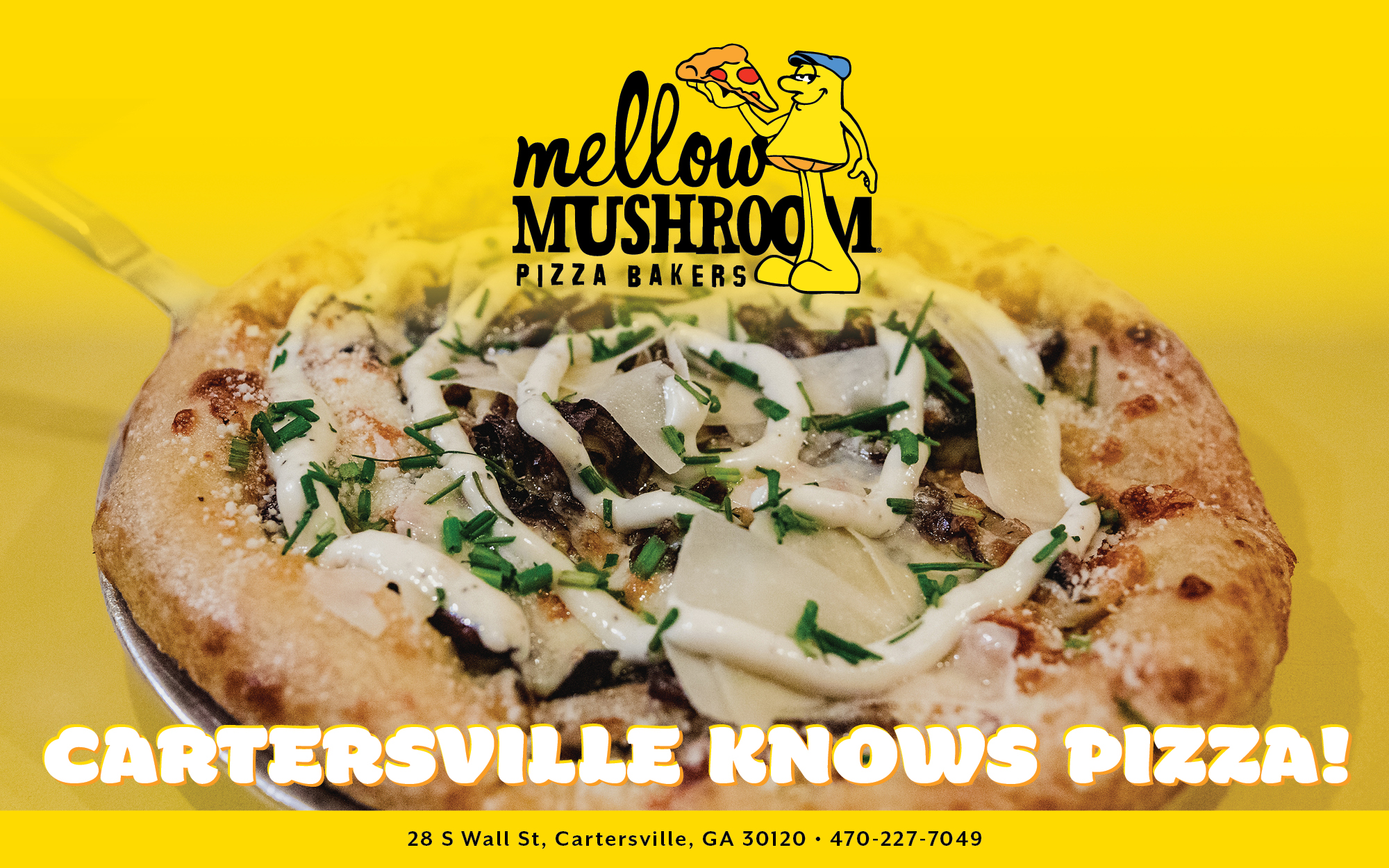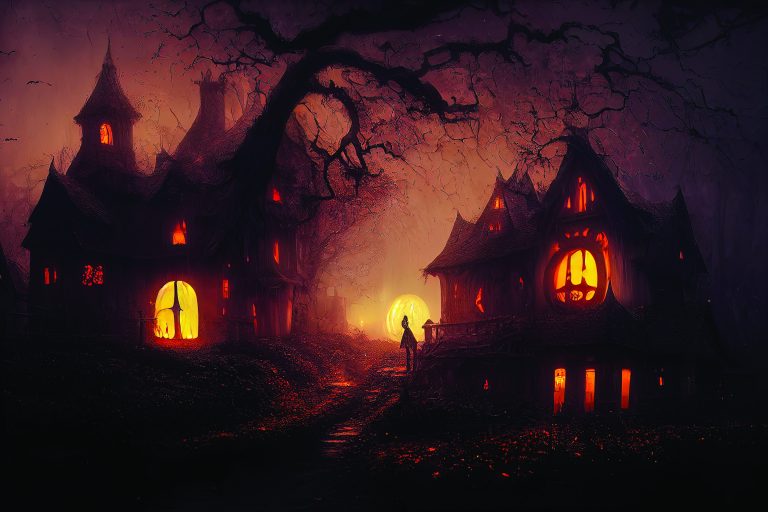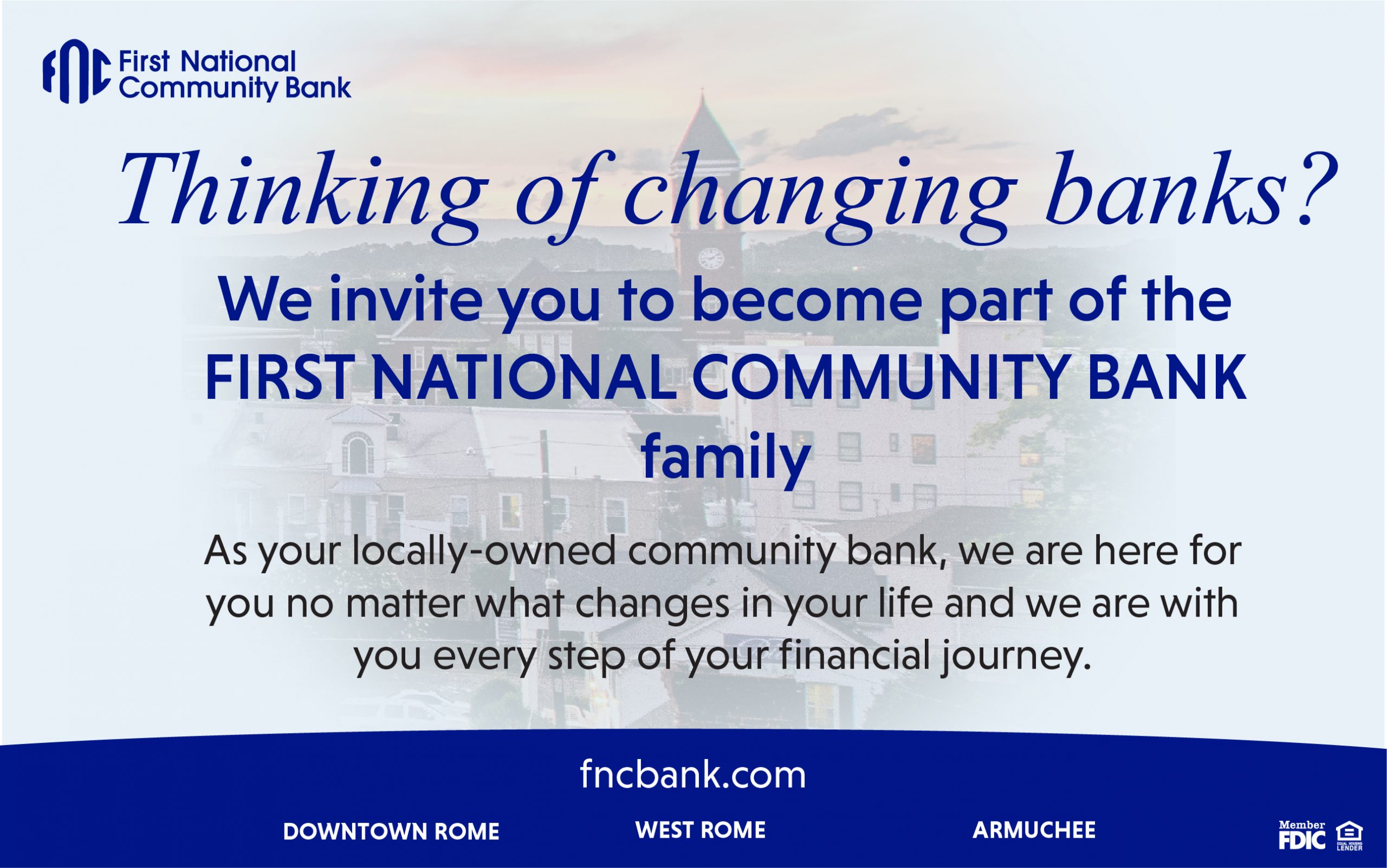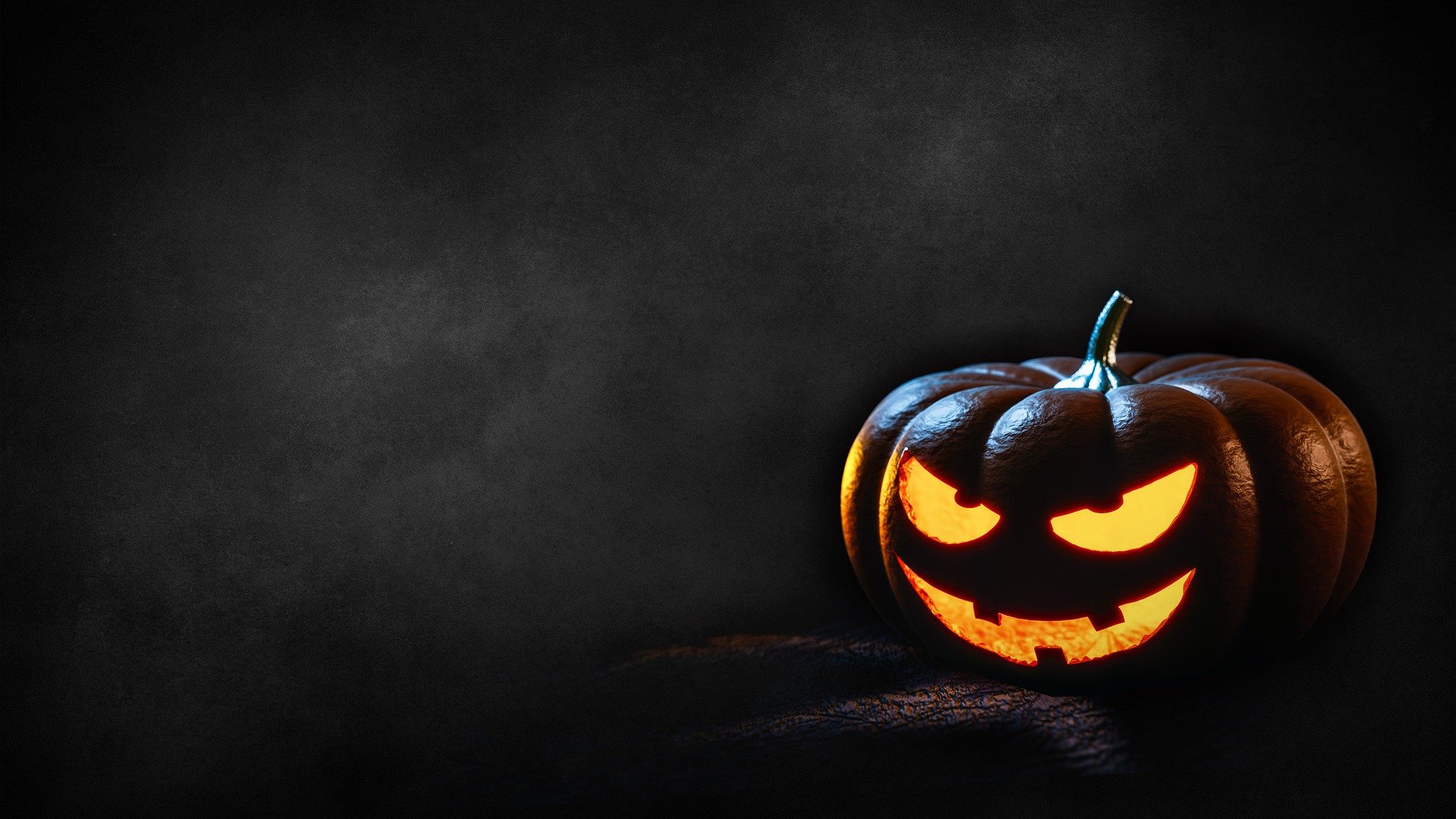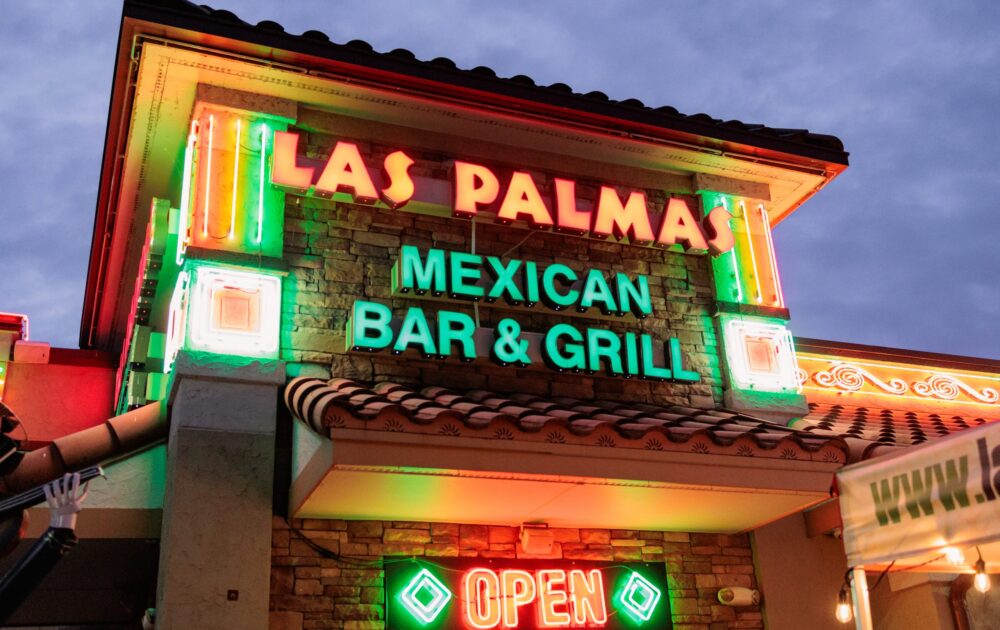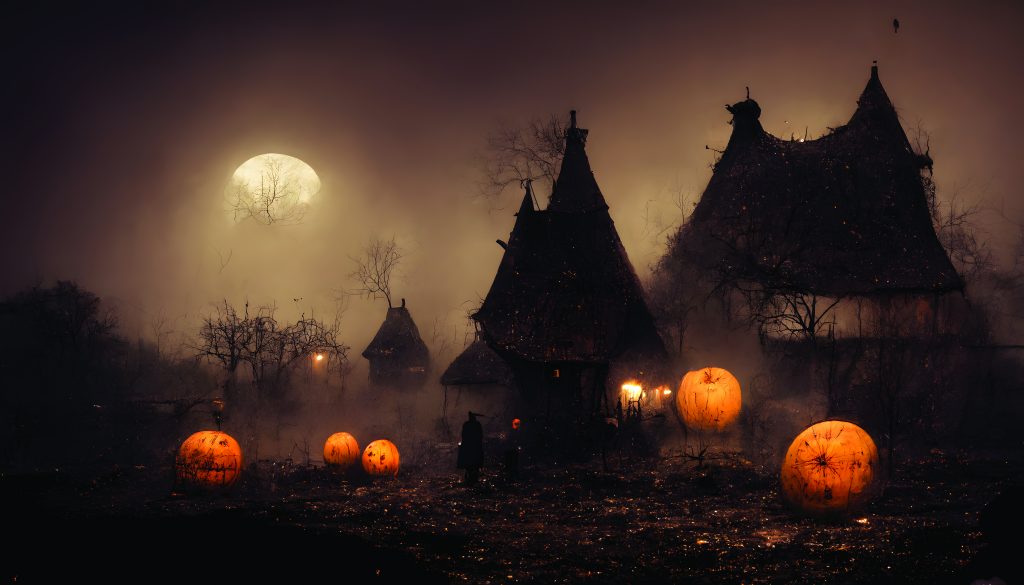
October 2022
Trick-or-treating, costumes, and parties, our celebration of Halloween is next level. In America, we bestow an entire pumpkin-spiced season to getting spooky, wedging it between Labor Day and the Christmas retail purge beginning November 1st. Last year, the U.S. spent over three billion dollars on Halloween; according to the National Retail Federation, this is a significant uptick in sales from 2019, 2020, and pre-pandemic.
Our Halloween festivities have significantly evolved over the last hundred years; they lean more and more toward mass consumerism. Regardless of how much we spend on our candy and costumes, the tradition of setting out sweets to appease sprites and ghouls—and the occasional spiderman—has ancient roots. The night of October 31st is still faintly similar to its pagan origins dating over two thousand years ago. Over the millennia, cultural and religious controversy, from Roman conquerors and Catholic Church enterprises, changed how people celebrated Halloween, and the harvest, and honored the dead. Yet, some antiquated traditions remain.
Halloween can be traced back nearly two thousand years to an ancient Celtic fire festival called Samhain (pronounced sow-wane). Samhain was the most important fire festival as it marked the beginning of a new year. The fall equinox on October 31st marks the end of summer and the beginning of the cold dark winter months. For these ancient people, life was hard and harder still in winter, a period often marked by sickness and death.
Celtic people believed in the fundamental dichotomy of light and darkness, the ultimate archetype of good versus evil. Light represented life, goodness, and bounty, whereas darkness stood for death, illness, and destruction. The night of October 31st was a time to celebrate the summer’s end harvest and a night to usher in the darkness of winter. On the night of Samhain, the Celts believed that the boundary separating the physical and spiritual worlds vanished, and the dead would walk among the living. Druid and Celtic priests led the festival.
They would call upon each household to extinguish the fires in their hearths. These priests built large sacred bonfires, and the people would gather to offer burnt sacrifices to Celtic Deities. Many tribes placed offerings of the feast outside their village, gifts to feed hungry loved ones who had died and to dissuade those spirits looking for mischief. It was a magical night that ushered in the paranormal. Many of the Celts would wear masks or animal skins to hide their identities from the roaming spirits, feeling safe to celebrate in anonymity. At the end of the celebration, each household would relight their hearth from the sacred bonfire to help protect them in the upcoming winter.
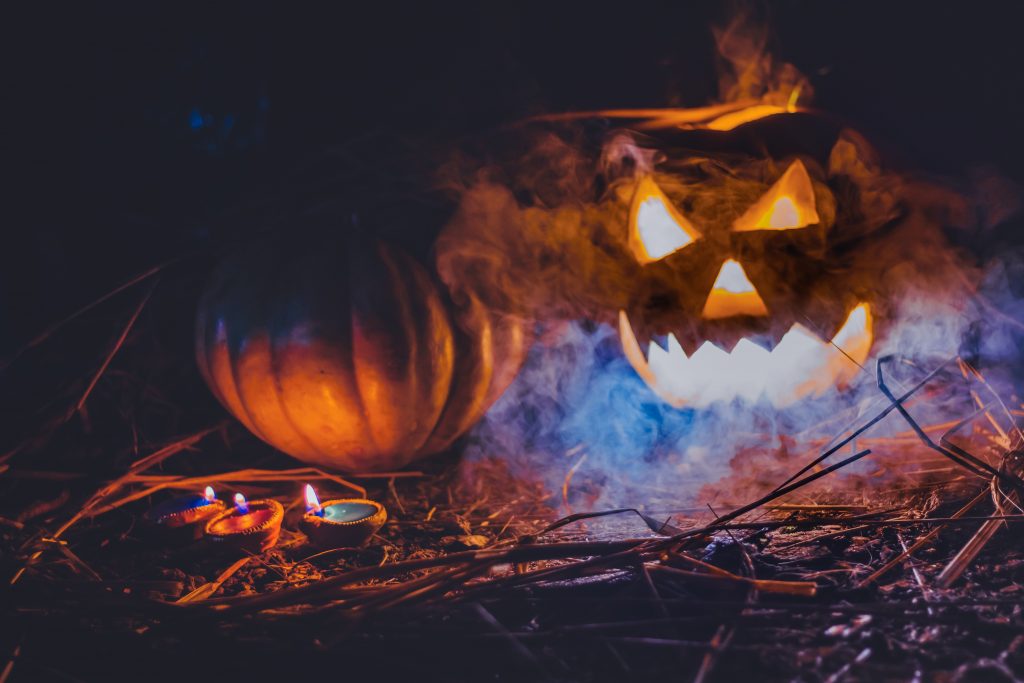
In 43 A.D., the Roman Empire conquered most of the Celtic territory of western and central Europe. Over the next 400 years, the people of this region adopted many Roman traditions, including two festivals in late October. Feralia honored the passing of the dead and a special day to celebrate Pomona, a Roman sprite who watched over and cared for fruit orchards, both fused with the fire festival. During this period, historians began to see more depictions of apples, the symbol for Pomona, and the playful tradition of bobbing for apples with Samhain.
During the Middle Ages, 5th -15th centuries A.D., the Catholic Church gained much influence over the region. Pope Gregory I recognized the importance of tradition. Instead of doing away with non-Christian customs, he baptized them. Old pagan temples became new churches, and ancient rites were converted into dedicated Christian holidays.
The Pope established November 1st as All Saint’s Day, a day to honor all the saints and Christian martyrs, as an attempt to replace the pagan festival of the dead with a similar church-centric holiday. The All Saint’s Day celebration was named All-Hallows, turning the traditional night of Samhain into All-Hallows Eve. Eventually to be known as Halloween.
Although centuries of cultural and religious influences have changed how people celebrate Halloween, similarities remain. Our tradition of costumes is a remnant of the original Samhain festivals. People dressed as animals and monsters to avoid being kidnapped by fairies. The Celts were a superstitious group often plagued by supernatural beings who wished mischief. There were many monsters known to roam the night of Samhain: the shape-shifting Pukah; Lady Gwyn, a headless woman in white; impish creatures called the Dullahan (a predecessor to our headless horseman); and the Sluagh who enters homes to steal souls. The scarier and more convincing the costume, the more likely one wouldn’t be bothered or stolen by these evil spirits.
Trick-or-treating of sorts, too, began in Samhain, with the tradition of “mumming,” which is the costumed door-to-door singing songs to the dead. Macabre carolers would receive payment from each household in the form of cakes to console or entertain these restless spirits. Once again, the church would seize and twist this tradition for All Soul’s Day parades. The poor would offer prayers to families’ dead relatives in exchange for soul cakes, calling it “going a-souling.” Eventually, costumed children took over the practice of going door-to-door for money, treats, and ale.
Pumpkin décor is a modern-day symbol of fall, but not without its ties to the ancients. In the 19th century in the United Kingdom, people often carved into vegetables. It began with an Irish myth about “Stingy Jack,” a drunkard con man who tricked the devil. After Stingy Jack’s death, he was neither admitted to heaven nor hell but instead destined to roam Earth with a single burning coal in a turnip to light his way. People took to carving frightful faces into turnips to ward off Stingy Jack and other menacing spirits.
The large influx of Irish immigrants to the United States in the 1850s brought the tradition of carving jack-o-lanterns to the United States. Some historians, however, argue that pumpkin carving has an older religious meaning. It began as a magical rite of Samhain that ushered protection of the harvest throughout the cold winter and ensured strong crops in the spring. The fire within a jack-o-lantern represented the powerful goodness of the sun, and the carved vegetable symbolized the harvest.
In America, there was a push in the late 1800s to make Halloween a more community-centered holiday, discouraging traditions that perpetuated a focus on witchcraft and night-walking spirits. Consequently, Halloween has lost most of its mythical and religious overtones. Today, we celebrate with neighborhood parties and costume contests, gluttonous candy consumption, and the occasional horror movie fright.
Whatever happened to the spirits that walk among us on All-Hallows Eve? Have they, too, become appeased by our consumer-driven and secular-minded celebrations? Perhaps we would be wise to leave goodies on our porches for those ghostly haunts wandering amongst the costumed trick-or-treaters and say a blessing for health through this cold dark winter.


